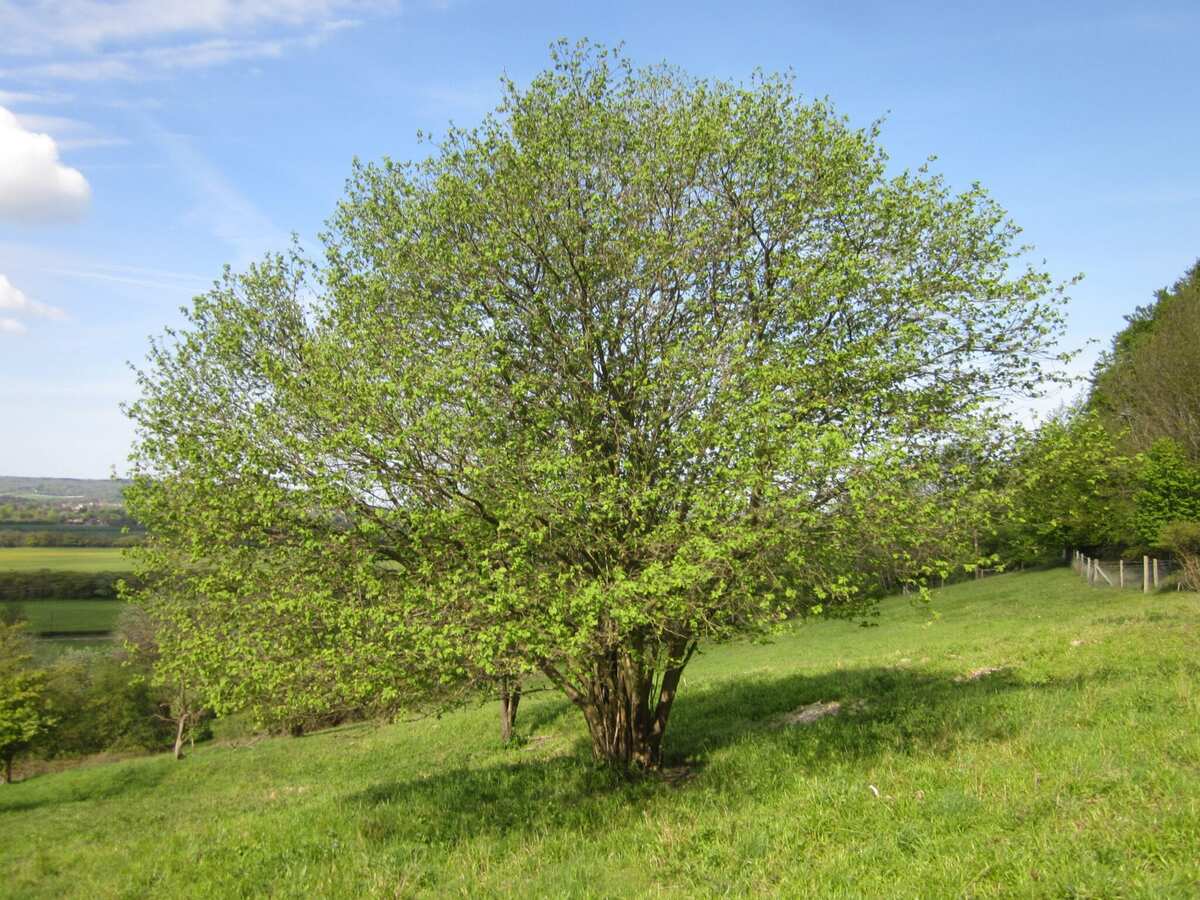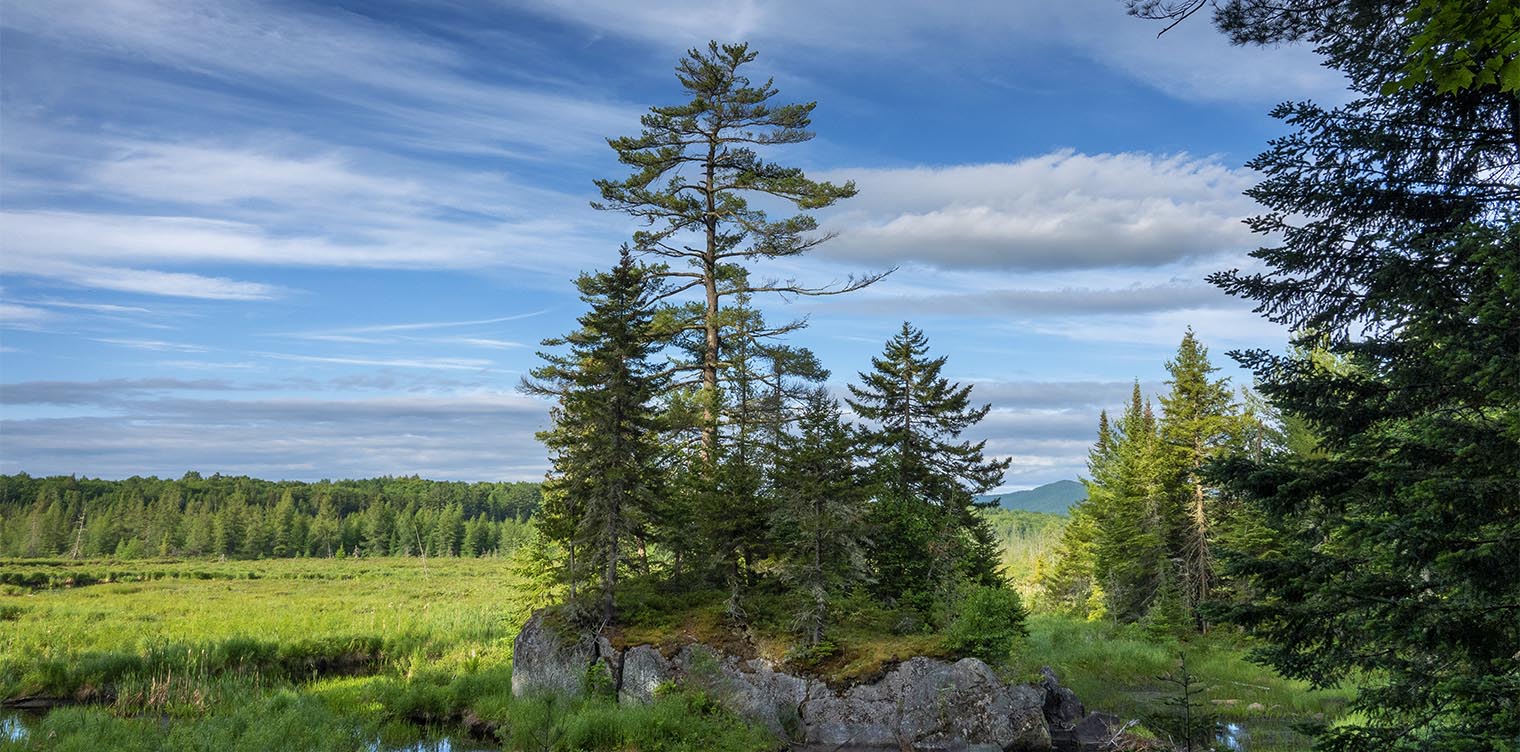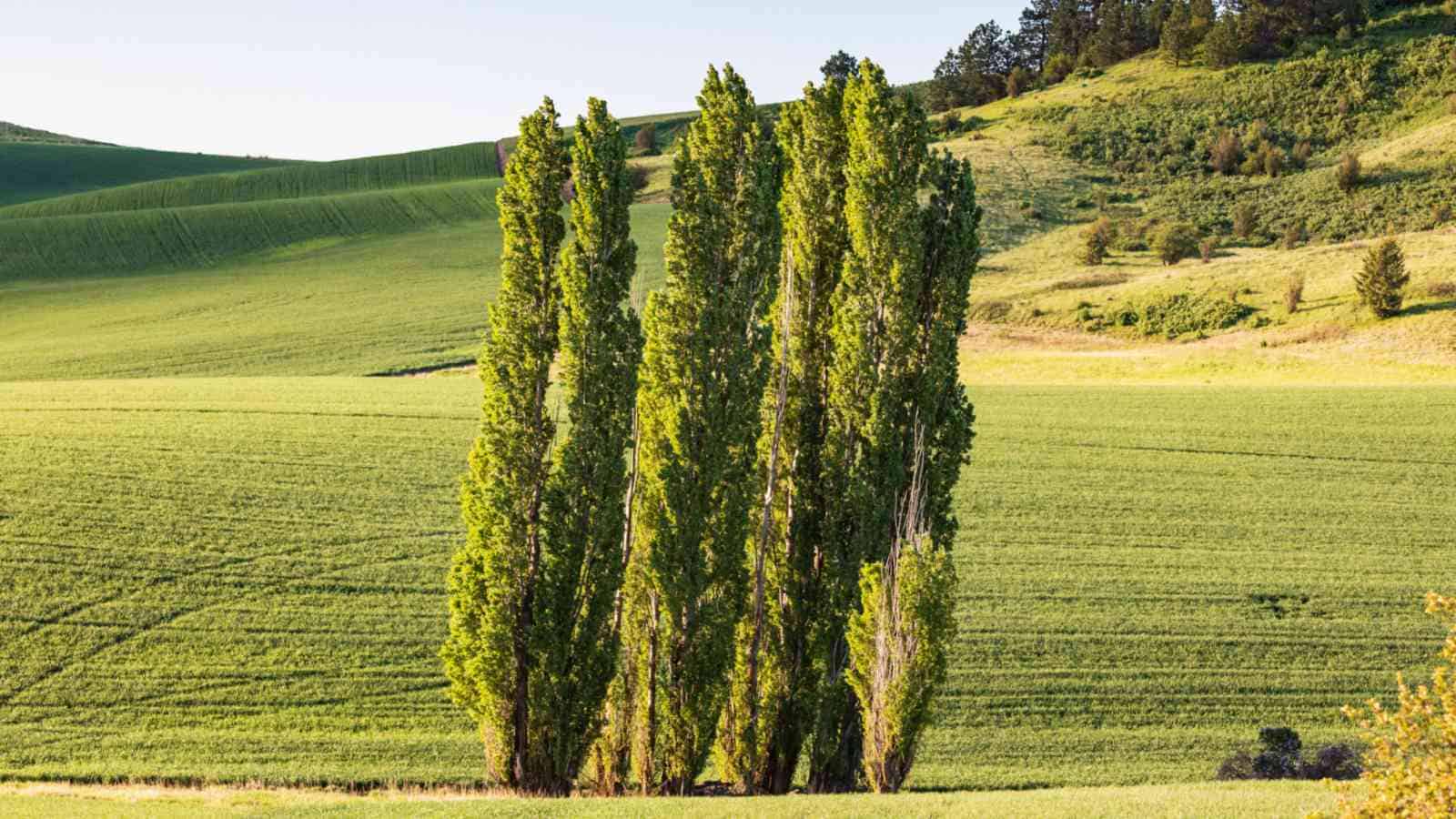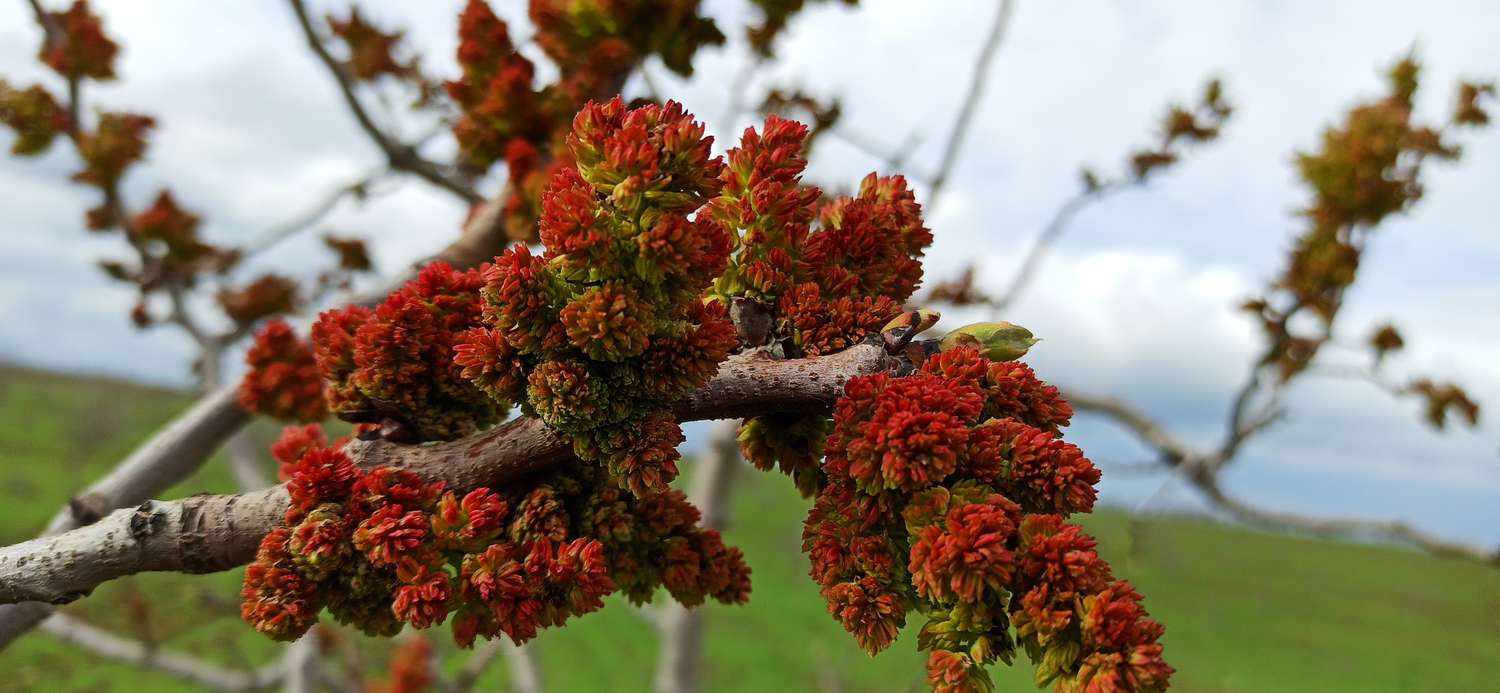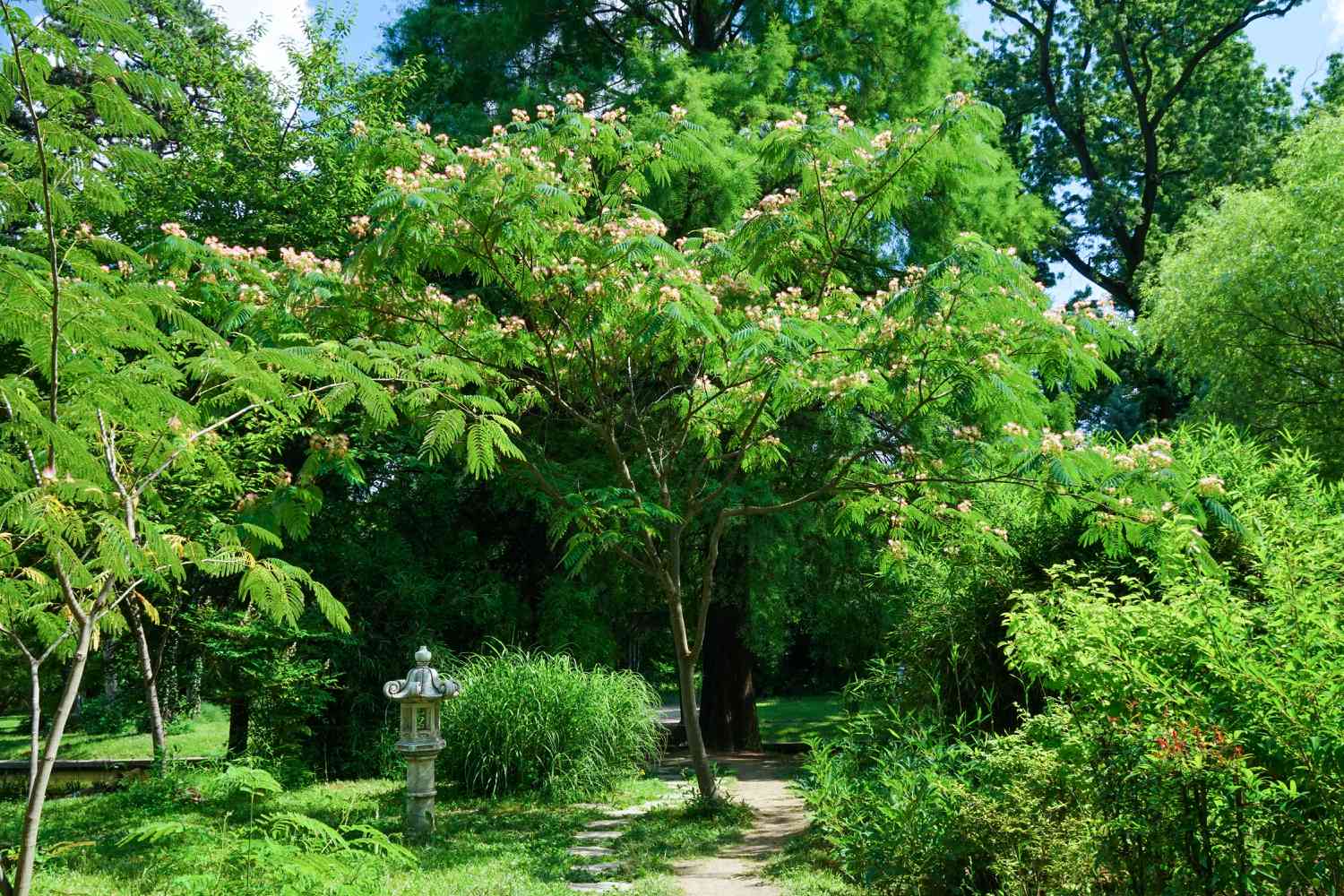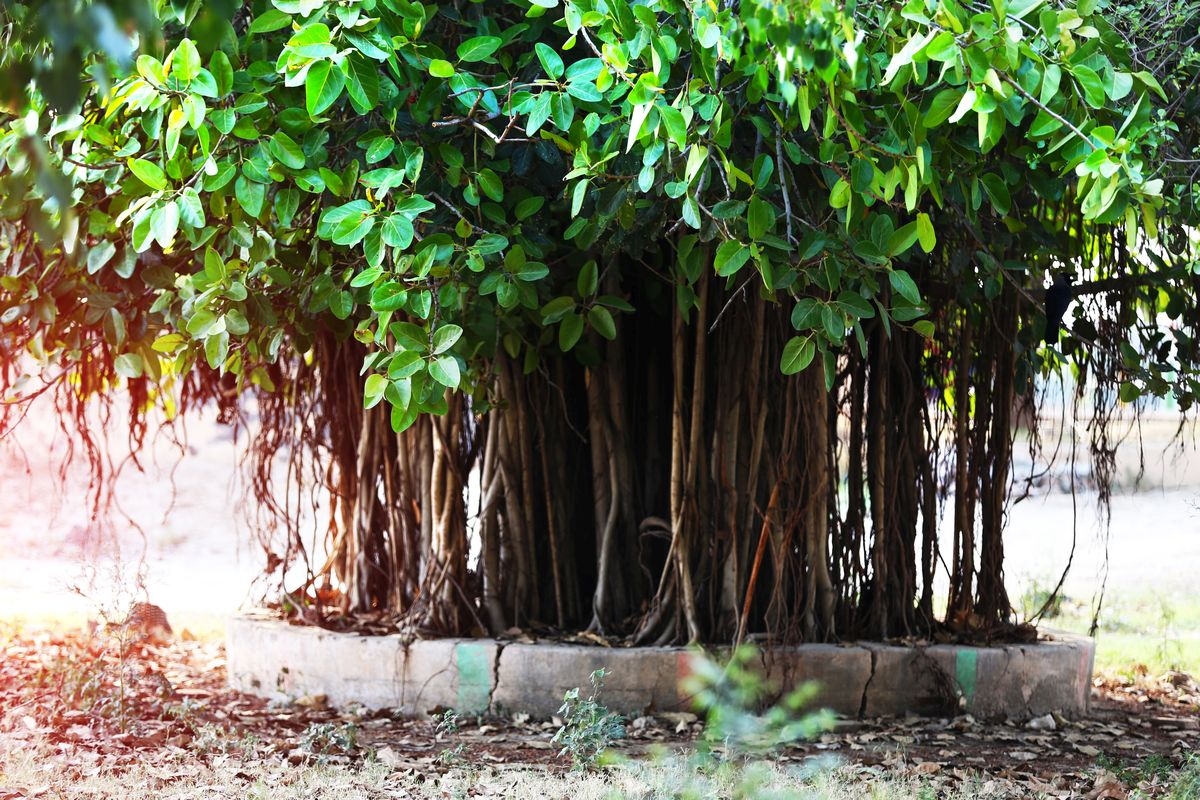Home>Gardening News and Trends>Latest News>What Trees Do Morels Grow By


Latest News
What Trees Do Morels Grow By
Modified: January 22, 2024
Discover the latest news on what trees MORELS grow by. Stay updated on the best spots and conditions for finding these delicious mushrooms.
(Many of the links in this article redirect to a specific reviewed product. Your purchase of these products through affiliate links helps to generate commission for Chicagolandgardening.com, at no extra cost. Learn more)
Table of Contents
Introduction
Welcome to the fascinating world of morel mushrooms and the trees they grow by! If you’ve ever been intrigued by the idea of foraging for these highly sought-after delicacies, you’re in the right place. Morels are a type of edible wild mushroom known for their distinctive appearance and exquisite flavor. They are highly prized by chefs, food enthusiasts, and mushroom hunters around the world.
Morels play a significant role in the culinary world, with their earthy, nutty taste enhancing various dishes, from soups and sauces to pasta and risottos. But what makes these mushrooms even more intriguing is their unique growth pattern. Unlike other mushrooms that grow in soil or on decaying matter, morels have a symbiotic relationship with certain types of trees.
In this article, we’ll delve into the connection between morels and trees, exploring the ideal habitat for morels and the factors that influence their growth. We’ll also take a closer look at the specific tree species that are commonly associated with morels and those that they rarely grow by. By understanding the relationship between morels and trees, you’ll be better equipped to embark on your own morel hunting adventure.
What Are Morels?
Before we delve into the trees that morels grow by, let’s first understand what exactly morels are. Morels, scientifically known as Morchella, are a type of edible mushroom belonging to the Ascomycota phylum. They are easily recognizable by their distinct appearance, featuring a honeycomb-like cap and a hollow stem.
Morels are highly regarded for their unique flavor and texture. They have a meaty and nutty taste that intensifies when cooked, making them a prized ingredient in many gourmet dishes. Chefs and food enthusiasts often describe the flavor of morels as earthy, smoky, and slightly nutty. This, coupled with their distinctive texture, makes morels a favorite among culinary connoisseurs.
In terms of appearance, morels can vary in size, color, and shape. They typically range from 2 to 4 inches in height, with the cap varying in shape from round to elongated. The color of morels can range from pale yellow or tan to dark brown or black, depending on the species and maturity level.
It’s important to note that while morels are highly sought after and considered a delicacy, they should only be consumed when properly identified. Some species of mushrooms look similar to morels but can be toxic or inedible. Therefore, it is crucial to have a good understanding of morel identification or seek guidance from an experienced mushroom forager or mycologist.
Now that we have a basic understanding of what morels are let’s explore the ideal habitat for these magnificent mushrooms and the factors that influence their growth.
The Ideal Habitat for Morels
Morels have specific environmental requirements that contribute to their growth and development. Understanding the ideal habitat for morel mushrooms can greatly increase your chances of finding them during your foraging expeditions.
One of the key factors that influence morel growth is soil moisture. Morels thrive in areas with moist soil, particularly after a period of rain or snowmelt. They often appear in the springtime when the ground is still damp, creating the perfect conditions for their fruiting bodies to emerge.
In terms of soil composition, morels typically prefer well-drained soils that are rich in organic matter. They are commonly found in areas with a high content of decomposing plant material, such as woodland areas with leaf litter, decaying logs, and fallen branches. These organic materials provide a nutrient-rich environment that supports morel growth.
Another crucial aspect of the morel habitat is the presence of specific tree species. Morels have a unique symbiotic relationship with certain trees, forming mycorrhizal associations. Mycorrhizae are the mutualistic connections between the roots of plants and the mycelium of fungi. In the case of morels, they form a mycorrhizal relationship with particular tree species, which benefits both the tree and the fungus.
So, what types of trees do morels tend to grow by? While morels can be found near various tree species, they are most commonly associated with specific types of hardwood trees. Elm (Ulmus), ash (Fraxinus), and poplar (Populus) trees are known to be favorable hosts for morel growth. These trees provide the mycelium of the morels with necessary nutrients, while the morels help the trees by aiding in mineral absorption and protecting against harmful soil pathogens.
Additionally, the microclimate within the forest plays a role in morel habitat. They tend to grow in shaded areas, often near the edges of forests where there is a transition from sunlight to shade. The combination of the right tree species, moist soil, and the right amount of shade creates an optimal environment for morel mushroom growth.
Now that we have a clearer understanding of the ideal habitat for morels, let’s explore the factors that can affect their growth and abundance.
Factors That Affect Morel Growth
Several factors can influence the growth and abundance of morel mushrooms. Understanding these factors can help mushroom hunters determine when and where to search for these elusive delicacies.
Temperature is a significant factor that affects morel growth. Morels tend to emerge when the soil temperature reaches around 50 to 60 degrees Fahrenheit (10 to 15 degrees Celsius). This temperature range is often associated with the early days of spring when the ground starts to warm up. However, the timing may vary depending on the region and local climate conditions.
Weather patterns, particularly precipitation, also play a crucial role in morel growth. Ideally, a period of rain followed by warmer temperatures creates the perfect conditions for morels to flourish. Adequate rainfall provides the necessary moisture for the morels’ fruiting bodies to develop, while higher temperatures accelerate their growth and emergence.
In some areas, forest fires can also have a positive impact on morel growth. Morels are known to thrive in areas that have recently experienced a fire. The heat from the fire stimulates the morel mycelium underground, leading to explosive growth and fruiting in the following years.
Soil conditions, including pH levels and nutrient availability, contribute to morel growth as well. Morels generally favor slightly acidic to neutral soil conditions. A pH range of 5.5 to 7 is considered optimal for their growth. Additionally, the presence of organic matter in the soil, such as leaf litter and decaying wood, provides essential nutrients for morel development.
The health of the surrounding vegetation and the diversity of plant species can also impact morel growth. Biodiversity creates a more balanced ecosystem, which can support the mycorrhizal associations between morels and trees. Areas with a wide variety of tree species are more likely to yield a higher abundance of morel mushrooms.
Lastly, it is important to note that morel populations can be inconsistent from year to year. The interplay of all these factors, combined with the natural variability of mushroom populations, means that morels may be abundant in certain years and scarce in others. Patience and perseverance are key when foraging for morels, as their growth patterns can be unpredictable.
Now that we have explored the factors that influence morel growth, let’s take a closer look at the specific tree species that morels commonly grow by.
Trees That Morels Generally Grow By
While morels can be found near a variety of tree species, certain trees are more commonly associated with their growth. These tree species provide favorable conditions for the development of morel mycelium and the subsequent emergence of the fruiting bodies. If you’re longing to find morels, keep an eye out for the following trees:
- Elm (Ulmus): Elm trees are often considered the holy grail for morel hunters. Morels have a strong affinity for elm trees, especially dead or dying ones. Elm trees decompose slowly, and as they do, they create an ideal environment for morel mycelium to thrive. Look for mature, standing dead elms or recently fallen elm trunks for a promising morel hotspot.
- Ash (Fraxinus): Ash trees are another tree species frequently associated with morel growth. Whether it’s green ash, white ash, or other varieties, morels can often be found near these hardwood trees. Ash trees typically have a compound leaf arrangement with opposite leaflets, making them distinguishable from other species.
- Poplar (Populus): Poplar trees, also known as aspens or cottonwoods, are commonly linked to morel habitats. These fast-growing hardwood trees are often found near bodies of water. They have distinct triangular or rounded leaves and smooth bark. Morels often fruit near the base of poplar trees or in the surrounding areas.
It’s important to note that while these tree species are commonly associated with morel growth, they are not exclusive hosts. Morels can also be found near other hardwood trees such as oak, hickory, and maple. The key is to observe the surrounding environment and look for signs of decay, moisture, and suitable soil conditions.
When hunting for morels, pay attention to the overall health and vitality of the trees nearby. Dead or dying trees are more likely to harbor morel mycelium, as they provide the necessary nutrients and decomposition process for the fungi to thrive. Fallen branches, decaying logs, and leaf litter around these trees create the perfect habitat for morel mushrooms.
Remember, patience and careful observation are essential when foraging for morels. While luck can play a role, understanding the preferred tree species can significantly increase your chances of finding these prized mushrooms.
Now that we’ve explored the trees that morels commonly grow by, let’s take a look at the tree species that morels rarely associate with.
Tree Species That Morels Rarely Grow By
While morels generally have a preference for certain tree species, it’s important to note that they can still be found near other trees. However, there are certain tree species that morels rarely associate with. Understanding these trees can help narrow down your search for morel mushrooms. Keep in mind that the absence of these tree species does not guarantee the absence of morels, but it can give you some guidance during your foraging adventures.
- Pine (Pinus): Morels are not typically found growing near pine trees. Pine forests have a different soil composition and lower moisture levels compared to the preferred habitats of morels. While there are exceptions, finding morels in pine-dominated areas is less common.
- Conifers: In general, coniferous trees such as spruce (Picea) and fir (Abies) are not known to host morel mushrooms. The acidic soil conditions and lower organic matter content found in coniferous forests are not as conducive to morel growth as those found in hardwood forests.
- Birch (Betula): While birch trees are common in many forested areas, they are not strongly associated with morel growth. Although birch trees provide a suitable habitat for various mushroom species, including edible species like the chanterelle, morels are rarely found in close proximity to birch trees.
- Willow (Salix): Willows are another tree species that morels rarely grow by. These deciduous trees usually prefer wetter environments and have different soil conditions, limiting their association with morel mushrooms. While you may find other mushroom species near willows, morels are typically not among them.
These tree species that morels rarely associate with should serve as a general guide during your morel hunting adventures. However, it’s important to remember that nature can be unpredictable, and there are always exceptions to these general observations. Foraging for morels often requires exploration, observation, and adapting to local conditions.
By focusing on the trees that morels commonly grow by and avoiding areas dominated by the tree species listed above, you can increase your chances of finding these elusive mushrooms. However, keep an open mind and be prepared for surprises, as morels have been known to defy expectations and appear in unexpected locations.
Now that we’ve explored which tree species morels commonly grow by and the ones they rarely associate with, let’s wrap up our discussion.
Conclusion
Exploring the fascinating relationship between morels and the trees they grow by has provided valuable insights into the world of mushroom foraging. Morels, with their distinctive honeycomb appearance and delectable flavor, are a highly sought-after delicacy in the culinary world. Understanding their preferred habitat and the tree species they commonly associate with can greatly enhance your chances of finding these elusive mushrooms.
The ideal habitat for morels consists of moist soil, rich in organic matter, and located in shaded areas near the edges of forests. The presence of specific tree species, such as elm, ash, and poplar, further enhances the likelihood of morel growth. These hardwood trees provide the necessary nutrients and create a symbiotic relationship with morel mycelium.
While morels generally prefer certain tree species, they can also be found near other hardwood trees like oak and maple. It’s important to pay attention to the surrounding environment, including signs of decay, moisture, and suitable soil conditions, which indicate a higher likelihood of finding morels.
On the other hand, morels are rarely found near certain tree species. Pine forests and coniferous trees like spruce and fir, as well as birch and willow trees, are not strongly associated with morel growth. Keep in mind that these observations are not absolute rules, and morels can still surprise us by appearing in unexpected places.
When venturing out to forage for morels, remember to exercise caution and proper identification practices. Some mushrooms may resemble morels but can be toxic or inedible. It’s always best to consult experienced foragers or mycologists to ensure safe and successful foraging experiences.
Now armed with knowledge about the ideal habitat for morels, their preferred tree associations, and the tree species to avoid, you’re one step closer to embarking on your own morel hunting adventure. Enjoy the thrill of the hunt and the satisfaction of discovering these elusive mushrooms that have captivated the taste buds of food lovers for centuries.
